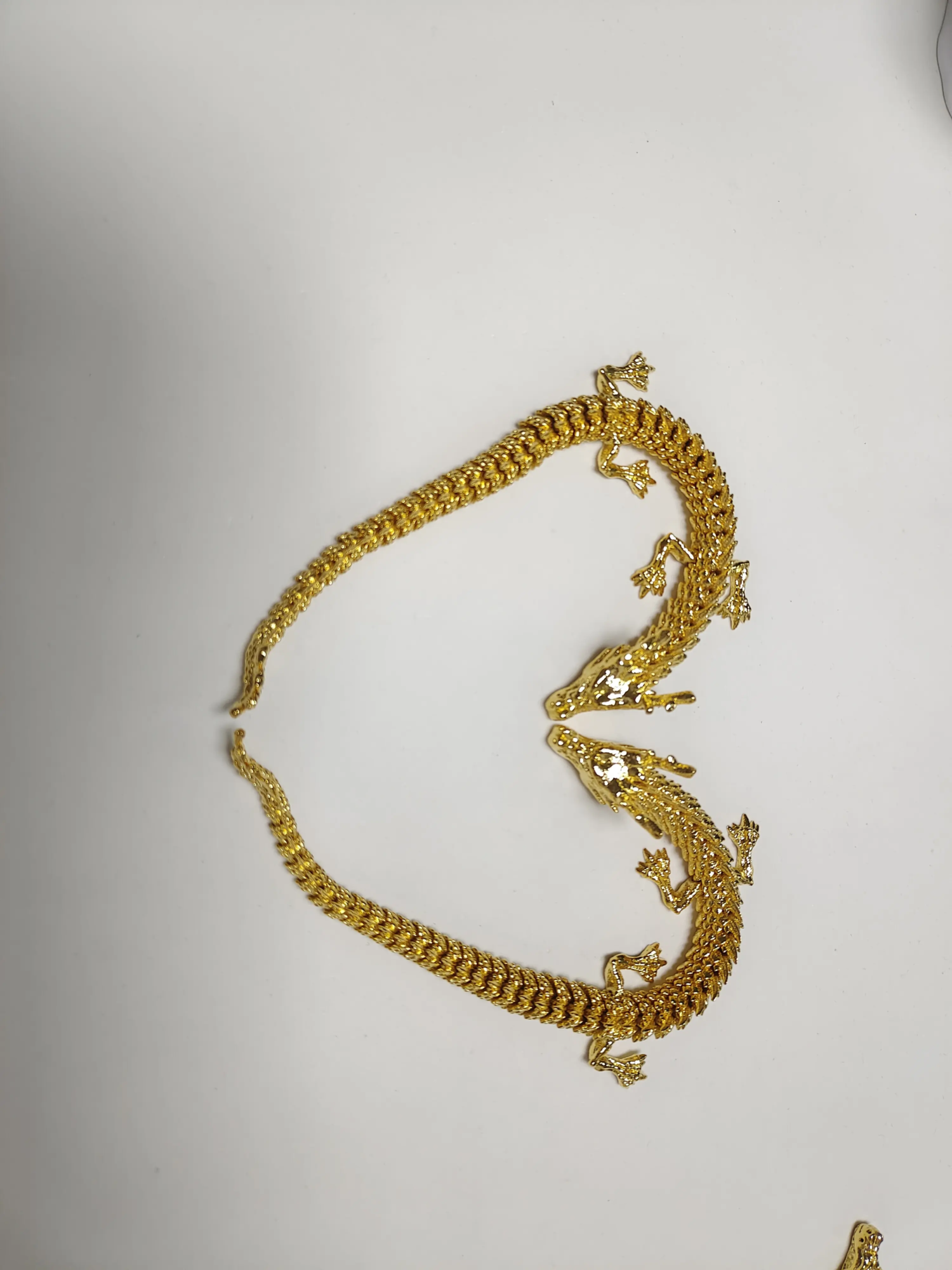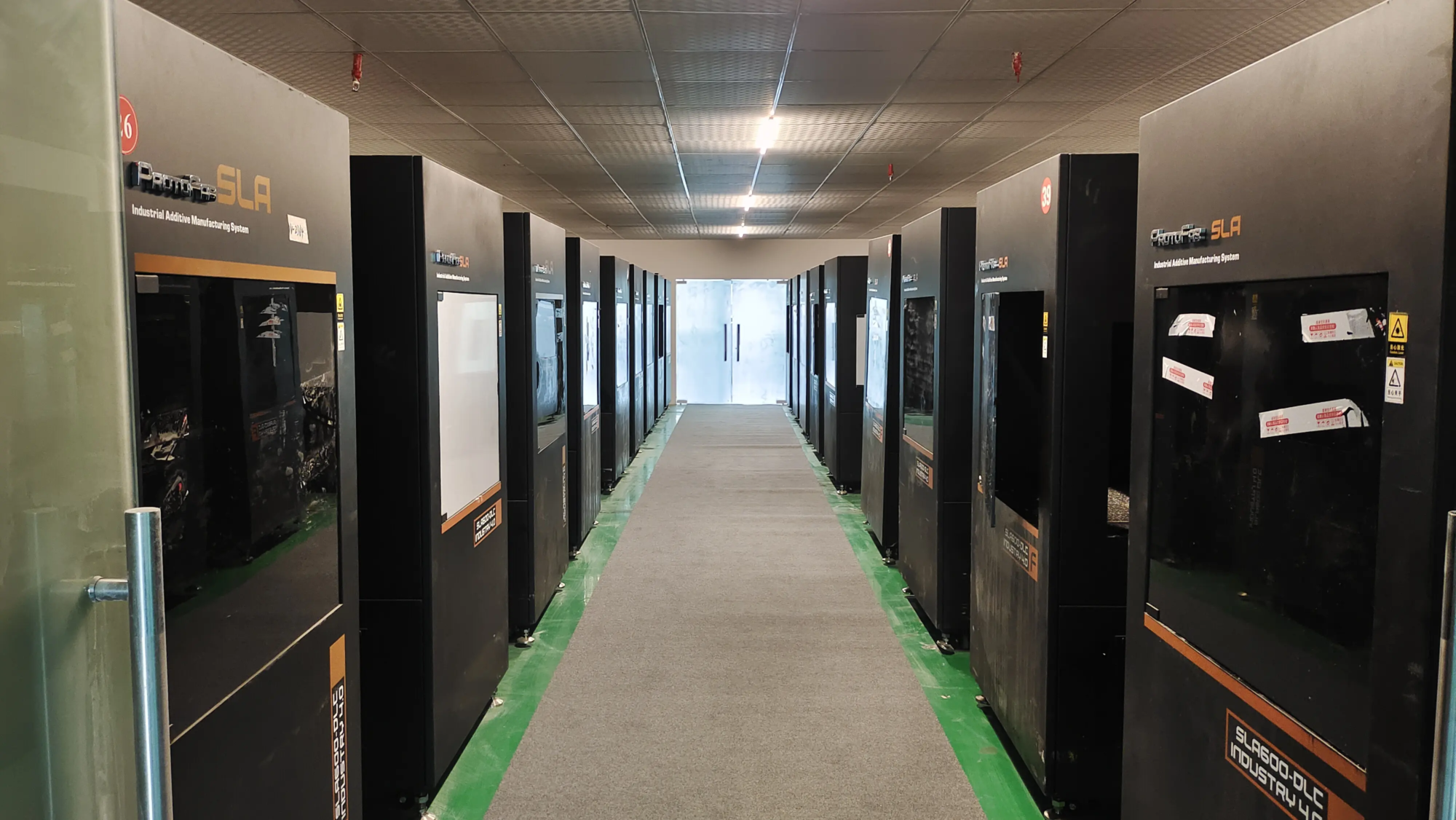When it comes to 3D printing, achieving perfect finishes is crucial for aesthetic and functional purposes. One of the most effective ways to enhance the appearance and durability of 3D printed parts is through painting. However, a painting 3D printing model requires a specific set of techniques and materials to ensure smooth or even smooth. In this article, we will dig into the world of 3D printing painting, exploring best practices, materials and technologies to achieve professional results.
Understand 3D printing technology
Before the painting process, it is necessary to understand the different 3D printing techniques and how they affect the painting process. Fusion deposition modeling (FDM), stereolithography (SLA), and selective laser melting (SLM) are one of the most common 3D printing techniques. Each technology produces parts with unique surface characteristics, requiring a specific painting method. For example, FDM parts usually have layered textures, while the surfaces of SLA and SLM parts can be smoother.
Preparation is the key
Preparing a 3D printed part for painting is crucial to the successful completion of the results. This involves several steps, including cleaning, sanding and primer. Cleaning parts can remove any dirt, oil or residue that may interfere with paint adhesion. Sandting helps smooth the surface and removes any defects or rough spots. Starting produces a uniform primer to ensure even and consistent paint adheres.
Choose the right paint
It is crucial to choose the right paint for your 3D printed parts. There are various types of paint available, each with unique characteristics, advantages and disadvantages. Acrylic paint, enamel paint and spray paint are one of the most commonly used paints for 3D printing models. Acrylic coatings are versatile and easy to use, while enamel coatings have a hard, durable finish. Spray paint is ideal for complex geometric shapes and larger surfaces.
Application technology
The application techniques used can significantly affect the final result. Brush painting, spray gun and spray painting are the most common methods. Brush painting provides control and precision, making it ideal for small, complex details. The spray gun is suitable for smooth, even coats, while the spray paint is ideal for large and complex surfaces.
After coating process
After painting, other processes can enhance the effect and durability of the parts. For example, removing the coating can protect the paint from scratches and fading while adding a smooth finish. Weathered and frustrating techniques can also be used to create realistic and worn effects.
in conclusion
3D printing painting is a complex process that requires careful preparation, the right materials and specific techniques. By understanding different 3D printing techniques, preparing parts correctly, selecting the right paint and using the right technical application, you can achieve professional results. Whether you are an amateur or a professional, mastering the art of 3D printing can take your work to the next level. With practice and experience, you will be able to unravel the full potential of 3D printed models to create amazing, functionally durable and durable parts that demonstrate your creativity and skills.
FAQ (FAQ)
Q: What is the best paint for 3D printed models?
A: The best paint for a 3D printed model depends on the printing technology, part materials and the required finish. Acrylic, enamel and spray paint are popular choices.
Q: How do I prepare my 3D printed parts for painting?
A: Clean the parts, sand to smooth the surface, and then secure them to form a uniform primer.
Q: Can I use any type of paint on 3D printed parts?
A: No, not all paints are suitable for 3D printing models. Choose paint designed specifically for plastic or resin and make sure it is compatible with the parts material.
Q: How to get a smooth finish on 3D printed models?
A: Use primer, thoroughly sand the parts, and apply a thin layer of paint. Let each coat dry before applying the next one.
Q: Can I clear my 3D printed model after painting?
A: Yes, a clear coating protects the paint and adds a smooth finish. Choose a clear jacket designed specifically for plastic or resin and follow the manufacturer’s instructions.





